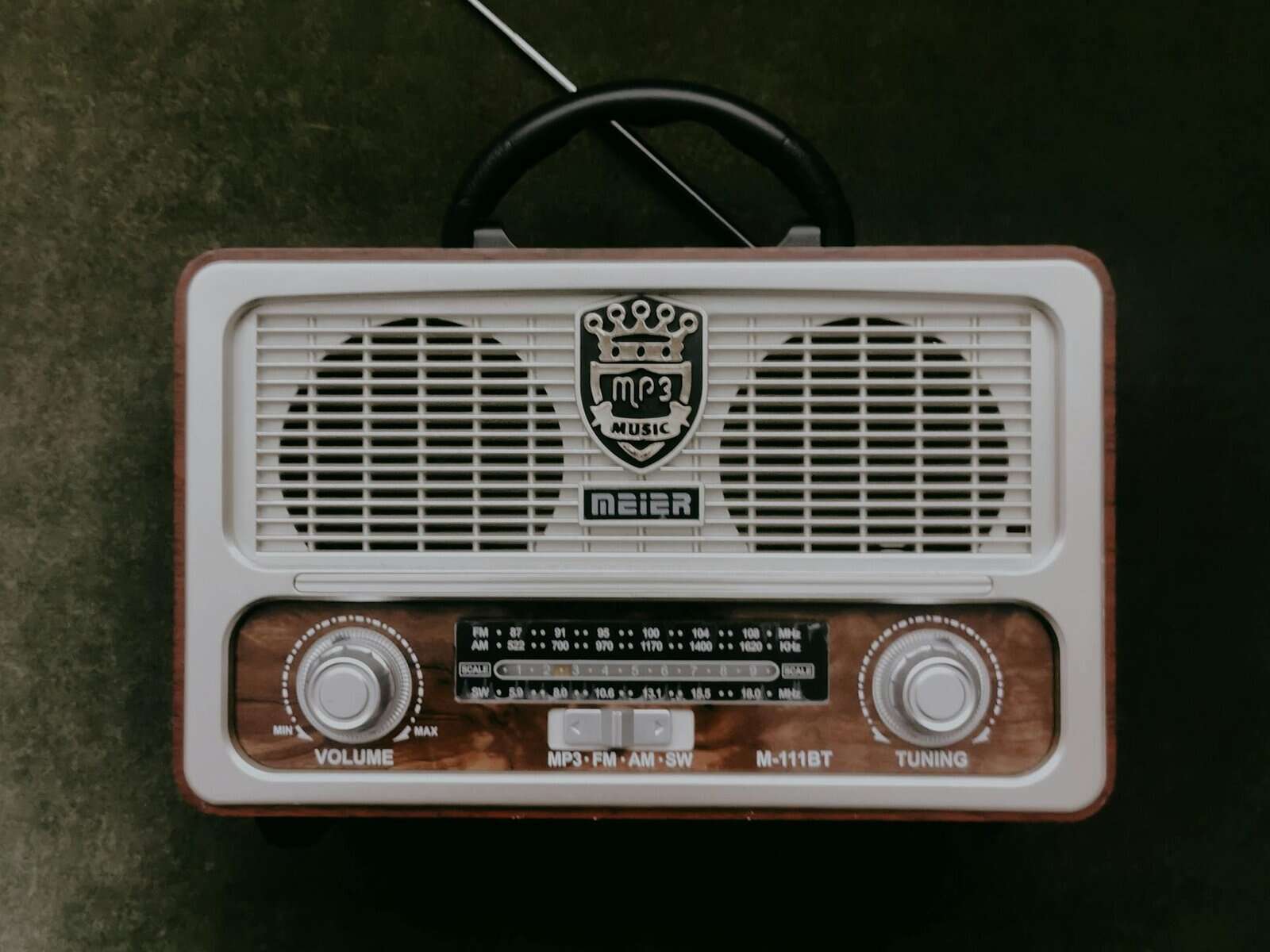
Radio ads are a powerful tool for reaching listeners, but making them stand out requires creativity and strategy. The first few seconds are crucial in capturing attention and setting the tone. A great radio ad grabs listeners from the start, making them eager to hear more.
To succeed, ads must deliver a clear message without overwhelming the audience. Simplicity is key, ensuring that listeners understand the main point without any confusion. The right mix of music and sound effects can also enhance the ad, making it more memorable and impactful.
Finally, a strong call to action is essential. It directs listeners on what to do next, encouraging them to engage with the brand or product. These elements together create a compelling radio ad that not only entertains but also achieves its purpose.
Grabbing Attention from the Start
Radio ads have a very short window to grab a listener’s attention. The opening seconds are crucial for making an impression and ensuring that the audience stays tuned in. To capture interest immediately, consider these techniques:
– Intriguing Hooks: Use surprising statements or questions to spark curiosity. A unique or unexpected opening can pull listeners in and make them want to hear more.
– Vivid Soundscapes: Employ distinctive sounds or music that set the scene quickly. Like a movie trailer, the right sounds paint a picture and set the mood instantly.
– Compelling Voices: Choose voices that stand out. Whether it’s a soothing tone or an energetic delivery, a strong voice can anchor the ad and keep listeners engaged.
These elements form the backbone of an engaging radio ad. The goal is to break through the noise and make a lasting first impression. By using creative hooks and sounds, the ad anchors itself in the listener’s mind from the start.
Crafting a Clear and Concise Message
Once you have the audience’s attention, the next step is to convey a clear message. Radio ads need to communicate the main point swiftly without losing focus. Here’s how to do it effectively:
– Stick to One Primary Idea: Keeping the message focused prevents confusion. A single, strong idea is easier for listeners to understand and remember.
– Use Simple Language: Avoid jargon or complex words. Simple language helps the message come across clearly and makes it accessible to everyone.
– Be Direct: Get to the point quickly. Listeners have limited time, so a direct approach keeps them informed without filler content.
– Limit Details: Focus on what’s necessary. Too much information can overwhelm the listener and dilute the core message.
By following these steps, the ad becomes not just another piece of information, but something listeners can grasp and act upon. Keeping the message simple and direct ensures that the audience knows what’s important, making the ad effective and noteworthy.
The Impact of Music and Sound Effects
Music and sound effects are powerful tools in radio advertising. They can transform a simple message into an engaging experience. Here are ways to use them effectively:
– Setting the Mood: Use music to establish the atmosphere. Whether it’s uplifting or dramatic, the right tune can evoke emotions and connect with listeners.
– Enhancing Recall: Sound effects and music that are memorable make the ad stick in the listener’s mind. A catchy jingle or sound can lead to better brand recall.
– Emphasizing the Message: Strategically placed sound effects can highlight key points in the ad, making them more noticeable. A sound can underline a punchline or key statement.
Choosing the right music and effects requires understanding the target audience and the message. When done well, they not only support the narrative but also make the ad more enjoyable and memorable, increasing its effectiveness.
Designing a Strong Call to Action
A well-crafted call to action (CTA) is essential for turning listener attention into action. It guides the audience on what to do next. Here’s how to create an effective CTA:
– Be Clear and Specific: Tell listeners exactly what you want them to do. Whether it’s visiting a website or calling a number, clarity is key.
– Create Urgency: Encourage immediate action with words like “now” or “today.” Time-sensitive offers spur listeners to act quickly.
– Keep It Simple: Avoid complicated steps. The easier it is to follow, the more likely the audience will respond.
– Make It Relevant: Ensure the CTA aligns with the ad’s message and meets the listener’s needs. Relevance increases engagement.
By focusing on these elements, you ensure that the CTA is strong and prompts the desired listener response. A good CTA turns passive listeners into active participants, maximizing the ad’s impact.
Conclusion
Creating a radio ad that works means more than just getting airtime. It involves a blend of capturing attention, delivering a clear message, and using music and sounds effectively. These elements work in harmony to engage the audience and create a memorable experience. A powerful call to action then transforms this engagement into real responses, making the ad a success.
By understanding what makes a radio ad tick, advertisers can craft messages that don’t just reach listeners but resonate with them. Every element, from the opening hook to the final call to action, plays a vital role in making the ad effective. The artistry and strategy behind these ads ensure that they cut through the noise and leave a lasting impression.
Want your radio ads to hit the mark? Partner with Killerspots Agency, the experts in creating compelling audio experiences. Let us help you craft ads that captivate, connect, and convert. Reach out today and see how we can amplify your brand’s message!
